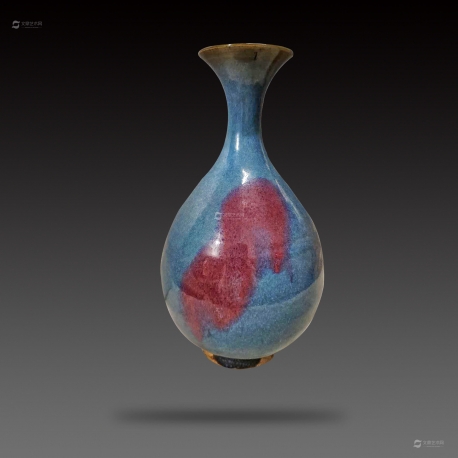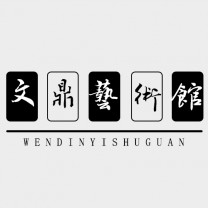钧窑瓷玉壶春瓶一件
- 编 号:805354
- 作 者: /
- 销售状态:展示
- 库 存: 1
- 售 价:议价
(平台服务时间:周一到周五 9:00-17:00)
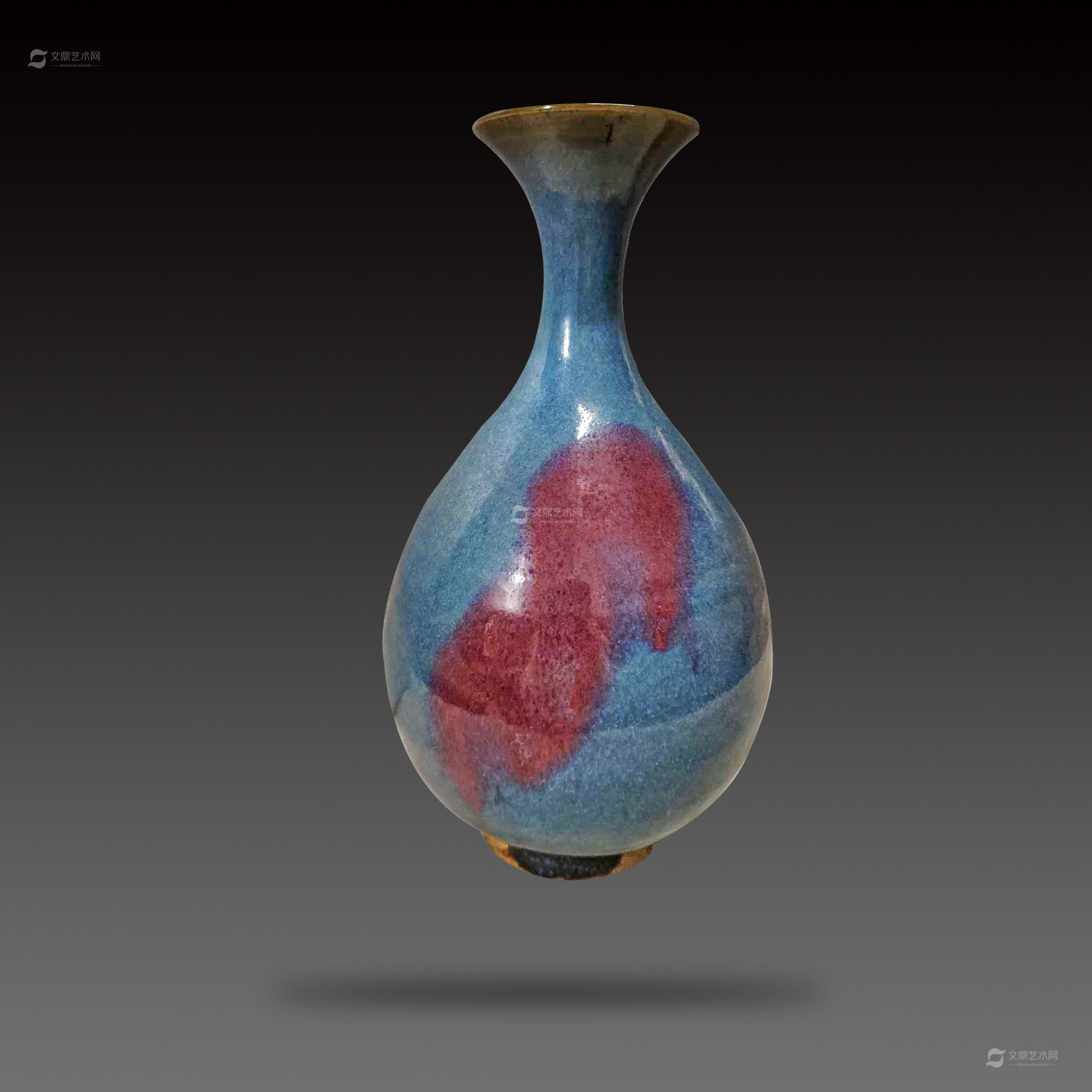
- 资质:
- 评分:
1分 2分 3分 4分 5分 6分 7分 8分 9分 10分 7分
- 印象:
- 经营时间:4年
- 展厅面积:569平米
- 地 区:四川-成都-其他
| 创作年代 | 宋辽金 | ||||
|---|---|---|---|---|---|
| 作品分类 | 陶瓷紫砂- 瓷器-两宋瓷器 | 器型 | 瓶 | 年代 | 北宋 |
| 窑口 | 其他地方窑口 | ||||
| 作品标签 | 艺术礼品 | ||||
| 适用空间 | |||||
作品介绍
窑瓷极其珍贵,这在民间有众多的说法,比如"纵有家财万贯,不如钧瓷一片"。"钧瓷无对,窑变无双","入窑一色,出窑万彩",“钧瓷挂红,价值连城,钧不挂红,一世受穷“等等。对于钧瓷的商业价值,当地民谚说:"进入西南山,七里长街现,七十七座窑,烟火遮住天,客商天下走,日进斗金钱"。
钧窑瓷器历来被人们称之为“国之瑰宝”,在宋代五大名窑中以“釉具五色,艳丽绝伦”而独树一帜。古人曾用“夕阳紫翠忽成岚”等诗句来形容钧瓷釉色灵活、变化微妙之美。传统钧瓷瑰丽多姿,玫瑰紫、海棠红、茄皮紫、鸡血红、葡萄紫、朱砂红、葱翠青……釉中红里透紫、紫里藏青、青中寓白、白里泛青,可谓纷彩争艳。釉质乳光晶莹,肥厚玉润,类翠似玉赛玛瑙,有巧夺天工之美。
玉壶春瓶又称玉壶赏瓶,是中国瓷器造型中的一种典型器形。玉壶春瓶的造型是由唐代寺院里的净水瓶演变而来。流行地区广,沿用时间长,宋以后历代各地窑场均有烧制。基本形制为撇口、细颈、垂腹、圈足。它是一种以变化柔和的弧线为轮廓线的瓶类,其造型上的独特之处是:颈较细,颈部中央微微收束,颈部向下逐渐加宽过渡为杏圆状下垂腹,曲线变化圆缓;圈足相对较大,或内敛或外撇。
此件玉壶春瓶最妙的是那窑变色彩,红中带紫,紫中泛青;又似那湖光山色、云霞雾霭。变化无穷的图形色彩和奇妙韵味,不愧为中国五大名瓷之首。钧瓷的釉色窑变艺术效果不是人为的,而是在窑内炉火的高温下自然形成的。钧瓷入窑的时候,是没有任何色彩的,是一体素净。那七彩辉映、让人心旌动摇的绚丽色彩和自然逼真的画面都是在烧制过程中在窑内形成的,这就是窑变,也就是我们常说的“入窑一色,出窑万彩”。
此件钧窑·玉壶春瓶 高:23.8cm,口径:6.5cm,颈较细,颈部中央微微收束,颈部向下逐渐加宽过渡为杏圆状下垂腹,曲线变化圆缓,圈足较大,颈口外撇,这类瓶的造型定型于宋代,历经宋、元、明、清、民国直至现代,成为中国瓷器造型中的一种典型器物,且在拍场上屡屡拍的高价,极具收藏价值,历史价值,市场价值。
Kiln porcelain is extremely precious, which has many folk sayings, such as "even if there is a wealth of wealth, not as good as Jun porcelain.". "Jun porcelain has no match, the kiln has no match", "when you enter the kiln, you can get all kinds of colors out of the kiln", "Jun porcelain is worth a lot of money, Jun is not hung red, and I was poor". As for the commercial value of Jun porcelain, the local folk proverb said: "when you enter the southwest mountain, there are seventy-seven kilns in the long streets of Qili, and the sky is covered by fireworks. Merchants go around the world, and they get money every day.".
Jun kiln porcelain has always been known as the "national treasure", which is unique among the five famous kilns in Song Dynasty. The ancients used to describe the beauty of the flexible and subtle changes of Jun porcelain glaze color with poems such as "the sunset is purple and the green is suddenly blue". Traditional Jun porcelain is magnificent, with rose purple, Begonia red, eggplant skin purple, chicken blood red, grape purple, cinnabar red, green green green It is said that there are many colors in the glaze. The glaze is milky and translucent, plump, jade like, jade like agate, with the beauty of wonderful workmanship.
Jade pot spring vase, also known as jade pot appreciation bottle, is a typical shape of Chinese porcelain. The shape of jade pot spring bottle is evolved from the pure water bottle in the temple of Tang Dynasty. It has a wide range of popular areas and has been used for a long time. The basic shape is skimming mouth, thin neck, hanging abdomen and ring foot. It is a kind of bottle with soft changing curve as its contour line. The unique features of its modeling are as follows: the neck is thinner, the neck center is slightly narrowed, the neck is gradually widened downward, and the curve changes roundly and slowly; the circle foot is relatively large, or it is introverted or turned out.
The most wonderful thing about this jade pot spring vase is the color of the kiln, which is purple in red and blue in purple. It also looks like the scenery of lakes and mountains, clouds and mists. The five colors of porcelain are worthy of the name of infinite charm of China. The artistic effect of Jun porcelain glaze change is not artificial, but naturally formed under the high temperature of the furnace fire. Jun porcelain into the kiln, there is no color, is a pure and pure. The colorful colors and natural and realistic pictures are all formed in the kiln during the firing process. This is the kiln transformation, which is often called "one color in the kiln, and ten thousand colors in the kiln".
This Jun kiln jade pot spring bottle Height: 23.8cm, caliber: 6.5cm, the neck is thin, the neck is slightly narrowed, and the neck is gradually widened downward to form an apricot shaped drooping abdomen. The shape of this kind of bottle was shaped in the Song Dynasty, through the Song Dynasty, Yuan Dynasty, Ming Dynasty, Qing Dynasty, the Republic of China and even modern times, it has become a typical ware in the modeling of Chinese porcelain, and it has been paid high prices repeatedly in the auction field It has great collection value, historical value and market value.

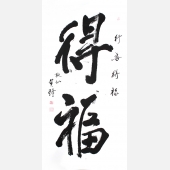 黄琦
黄琦 贾平西
贾平西 测试用艺术
测试用艺术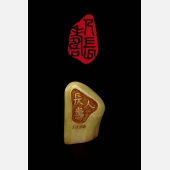 陈维廉
陈维廉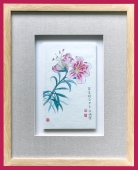 赵映璧
赵映璧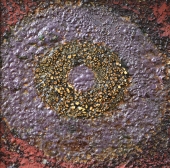 魏新
魏新 王兆奎
王兆奎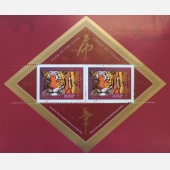 加拿大资深
加拿大资深